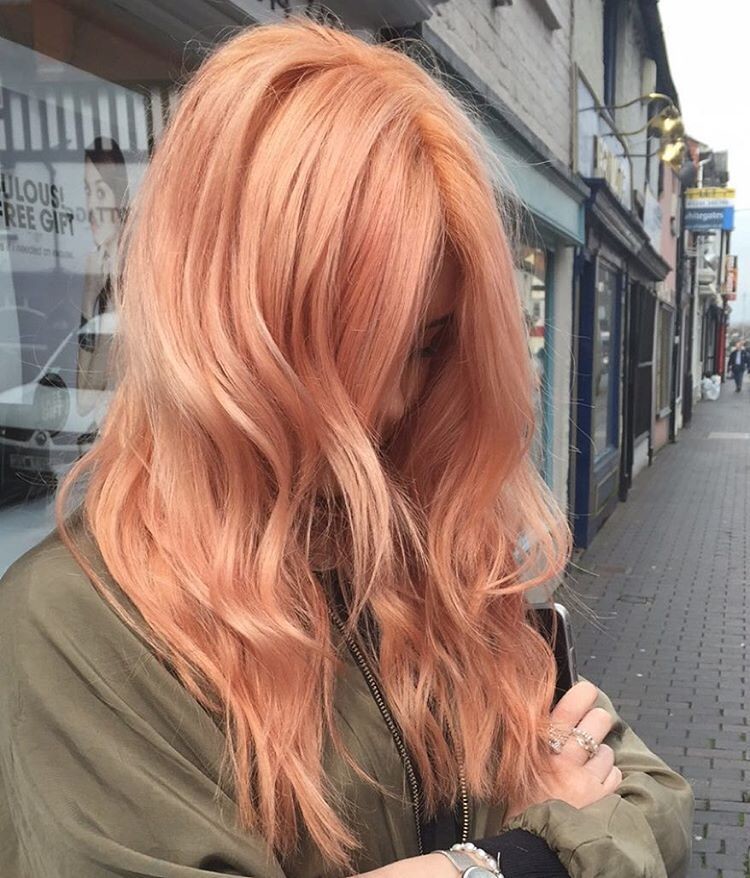
This is our brief overview on how to prep your hair to wear a wig. We’ll be adding a video guide to this section very soon but wanted to provide some information until them. If you have any questions about how to put your own hair up to wear your wig, don’t hesitate to ask!
If you have hair that is more than 4 inches in length, you’ll need to do something to keep it contained under your wig. To do this, you’ll need bobby pins, a mesh wig cap and a few hairpins. You can purchase these at most drugstores or beauty supply stores, or you can order our .
For hair 4-8 inches
More than likely, you can simply form your hair into a series of flat, tight “pincurls”.
These should be concentrated on the top and back of your head, avoid putting any on or at your hairline, nape or ears. You don’t want them to make bumps around the edge of your wig.
Use two bobby pins per pin curl, crossing them over each other.
If you have bangs, pull them back from your face to expose your hairline, and pin them in place with bobby pins.
The pincurls need to be as flat as possible. Don’t twist the hair first, it will make a bulkier pincurl.
While the exact placement can vary somewhat, make sure you put two sturdy, very flat pincurls on the top of your head, one on each side. You’ll need these to anchor your wig in place. Lining them up with your ears is a good guide to where they should go.
For hair 8-16 inches
Unless your hair is very fine, you should probably put most of your hair into two braids. Pincurls will be too bulky with longer, thick hair.
If you have bangs, pull them back from your face to expose your hairline, and pin them in place with bobby pins.
You do, however, need to make the two small, flat pincurls on the top of your head (see photo below). These pincurls are to anchor your wig in place.
Two loose braids should hold all of your hair, though you can make three or four if your hair is very thick or curly.
You can use a regular or french style of braiding, whichever is easiest for you. The braids don’t need to be pretty but they do need to be smooth and secure.
Try to avoid putting the braids themselves along your nape – you can usually start the braids up higher and avoid any bulk along the edges.
Wrap the braids around your head – try to keep the braids on the upper, back portion of your head and away from the edges of your hair. You will want to wrap them as flat as possible to minimize their size and bulk.
On the left, Ellen’s hair is pinned into flat braids on the back of her head. On the right, her wig cap has been correctly placed and secured with bobby pins
For hair longer than 16 inches or hair that is super thick or curly –
You may need to improvise a slightly different method of prepping your hair. This might involve wrapping your hair around your head or making several buns (keeping them as flat as possible). Feel free to send us a photo of your hair and we’ll be happy to offer some suggestions. The most important thing is simply that your own hair be secure, as flat and contained as possible, and comfortable enough that you can wear it in this manner all day.
If you have bangs, pull them back from your face to expose your hairline, and pin them in place with bobby pins.
For all hair lengths
Once your hair is pinned up, put a wig cap over it to help hold it in place and keep it secure. A mesh cap is usually better than a dense, stocking-like cap, and much easier to put pins into.
The cap will need to be pinned to your hair at the temples and nape with bobby pins. You should use a hairpin to gather any excess wig cap and pin it to the top of your head.
The more secure your hair is, the more secure your wig will be.
The wig cap should always be completely behind your own hairline, and should generally be the same color as your own hair.
A few more points
Ideally, you’ll use the same placement and method of hair prep every time. If your hair is in a very different placement or isn’t as flat, your wig will fit differently. A small amount of variation won’t be a big deal, but a significant difference can cause problems.
If you usually wear your hair straightened, you should plan to wear it that way when you take your head tracing and whenever you wear your wig. The opposite is also true – if you don’t straighten your hair, plan to wear it in it’s natural texture when you take your head tracing and whenever you wear your wig.


